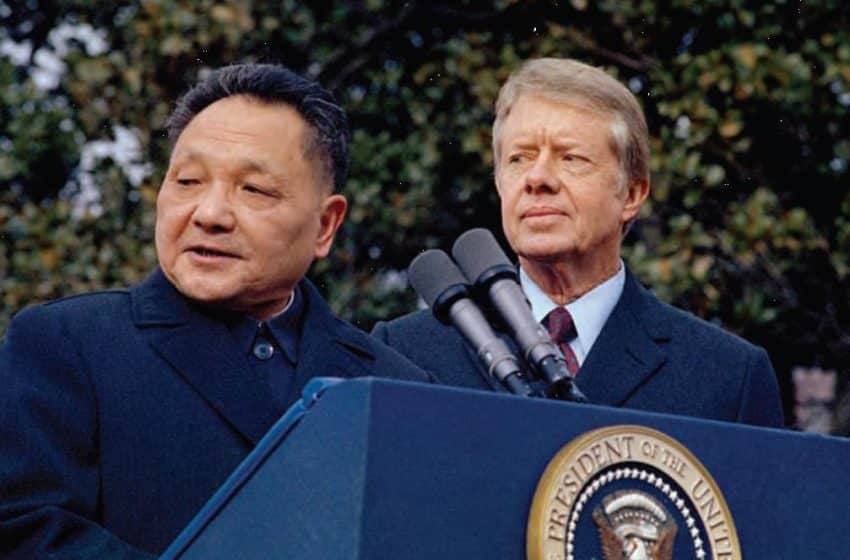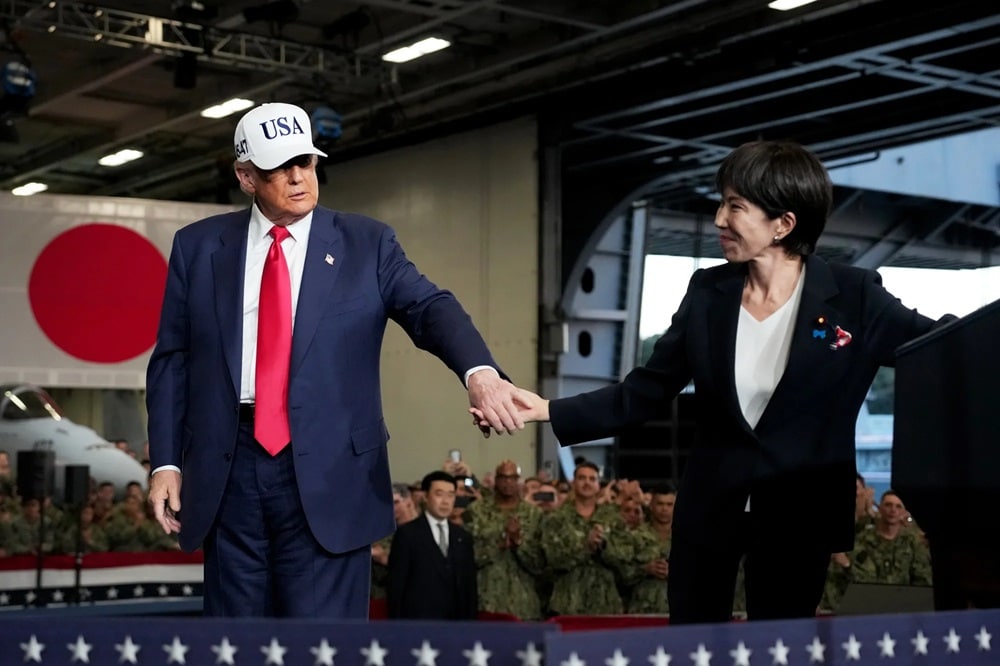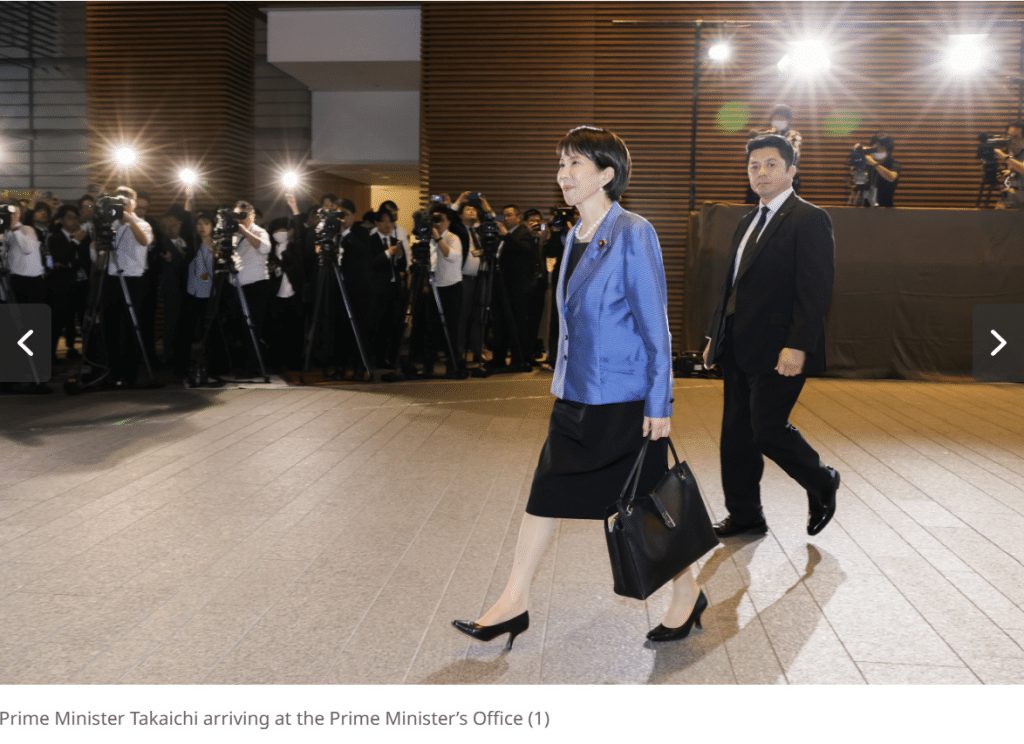The Orlando attack and the dilemma of countering fanatic terrorism
The Orlando attack, carried out by a Muslim individual who had pledged his allegiance to the Islamic State, once again reinvigorated a furious debate in America about its attitude towards its Muslim population. At the center of the controversy was presumptive Republican presidential nominee Donald Trump. Following the initial news of the attacks, Trump tweeted a highly controversial message in which he “appreciated the congrats for being right” on his stance on Islamic terrorism and reinforced the need to “get smart”. He was immediately met with backlash from Republicans and Democrats who condemned him for using the tragedy to advance his political agenda. Yet for millions of his followers, Trump remains a lone but popular, tough voice that offers a possible (while not necessarily politically correct) solution to the seemingly never-ending stream of attacks on the West by Muslim terrorists. Trump has built his campaign by appealing to such voices, and his ‘tough’ plan on radical Islam has been one of the pillars of his surprising victory over other GOP stalwarts. He has repeatedly called for a temporary ban on Muslim immigration to the United States, proposed the surveillance of all mosques, and has pressed for a mandatory registration of Muslims in the U.S.
While Trump’s proposed measures were roundly denounced by American politicians of varying ideological and political leanings in the U.S., let’s take a look at the situation in a country where some of these counter terrorist measures have been put into place. In recent years, China has been the victim of devastating terrorist attacks carried out by individuals with links to radical Islamism. While guns are rare in China – firearms are heavily regulated and largely restricted to government personnel – it hasn’t stopped determined attackers from causing horrific damage. A 2014 knife attack on a railway station in Kunming, the capital of southwest Yunnan province, by perpetrated members of a radical Islamic group left 29 civilians dead and more than 140 injured. A 2015 attack on a coal mine in Xinjiang, China’s westernmost province, left over 50 dead and has been allegedly linked to jihad. Xinjiang has been the site for worst of the violence – there were over 700 casualties in 2013-2014 according to Washington-based Uyghur Human Rights Project. Tensions in the region are driven along ethno-religious lines between the Han and the minority Uyghur communities. The Uighur, who largely practice Sufi Islam and speak their own Turkic-language, have utilized assassinations, bombings, and mass attacks against civilians and government officials alike. In retaliation, the Chinese government has continually ramped up its security forces and policing of the region, promising to “spare no efforts” in cracking down on the “three evil forces of separatism, extremism and terrorism” in Xinjiang.[1]
Unlike the U.S., there are no checks and balances in place in China to prevent the government from adopting harsh measures against a particular ethnic group. For example, in areas of Xinjiang, armed guards demand identification and search through cellphone records at regulated checkpoints.Uighur minors are banned from participating in religious activities, and beards and veils are forbidden under threat of imprisonment. These measures are amplified during the month of Ramadan, a particularly sensitive time for Muslim communities worldwide. Local governments have reportedly banned students, children and civil employees from taking part in fasting during Ramadan and forbidden Muslim restaurants from closing during daylight hours. Other cities have employed 24-hour surveillance of mosques and background checks on worshipers, and residents of at least one prefecture have been required to submit DNA samples and fingerprints in order to apply for certain travel documents.
Critics say that such repressive policies only exacerbate the existing friction, and does not address the underlying socioeconomic divide and systematic discrimination they claim is responsible for driving the violence in the first place. Just like many Americans are support Trump’s proposed measures against the Islamic population as a whole, many Han Chinese are in support of these measures against the whole of the Uyghurs. Many hold lingering resentment of Uyghurs and believe that they are ungrateful recipients of too generous government benefits such as lower requirements for college admission and larger welfare payouts. There is a comparable dynamic that can also be found in the United States – not in Muslim American communities, but in inner-city African-American ghettos. Systematic discrimination, hardline policing, fear and complaints about reverse-discrimination from the majority population – these are all things that resonate within the poorest minority subsets of America’s cities.
Would the policing of religion solve the issue of domestic terrorism in the U.S.? The vast majority of mass shootings in the U.S. are non-religious in nature. Like Xinjiang, the U.S.’s own worst hit neighborhoods suffer from deep socioeconomic inequality and a persisting history of racism. If there is a lesson to be learned here, it should be that violence and conflict stems from poverty as well as intra-societal hate and mistrust.
One may say that the U.S. is winning the war against terrorism since the crusade began after the attack on September 11. In fact, there is evidence that the situation today is far worse than what it was before the tragic attack on the U.S. China has always claimed that it was the paradise for ethnic minorities but the July 15, 2009 in Urumqi was a wake-up call to the Chinese leaders that its policies on how to treat its ethnic minority populations were highly problematic. Leaders in both nations need to 1) look hard and long at its own policy shortcomings and 2) communicate with each other on learning from each other on finding the most effective measure of rooting out terrorism.
By: SUNGWOO PARK
[1] http://www.chinadaily.com.cn/china/2012-03/06/content_14766900.htm








